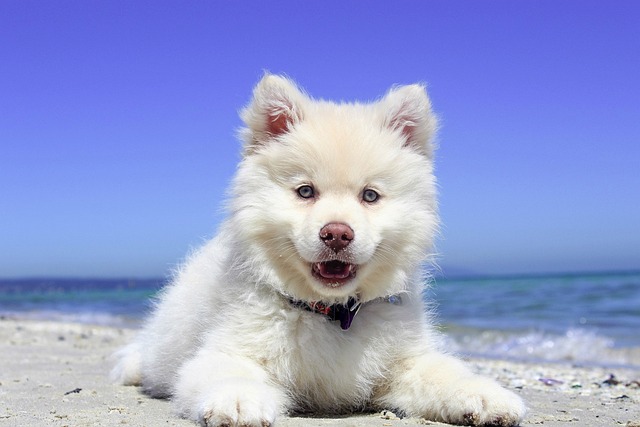
what to do with a dog that bites their owner
It can be a scary and confusing situation when your beloved dog bites you. Many new dog - owners in the US and other Western countries may encounter this problem.
Puppies are bundles of energy, but when that energy turns into growling, nipping, or lunging, it can be worrying. Aggression in puppies often stems from fear, confusion, or a lack of proper socialization—rarely is it a sign of a "mean" dog. The key is to address these behaviors early, before they become ingrained, while always keeping in mind the guidelines that help keep our communities safe and our pets well-adjusted.
Start by understanding the root cause. Is your puppy reacting to a loud noise, a new person, or another animal? Fear-based aggression often looks like cowering before a snap, while playful nipping might come with a wagging tail. Once you spot the trigger, create calm around it. If a stranger approaching sets them off, ask visitors to stand still and let the puppy sniff a closed fist first—this gives them control and reduces anxiety. Never punish a scared puppy; it only teaches them that new things mean bad outcomes, which can make aggression worse.
Socialization is non-negotiable. Puppies learn what’s "normal" between 3 and 14 weeks old, so expose them to different people, animals, sounds, and environments gently. Arrange meetups with calm, vaccinated dogs, let kids (supervised, of course) offer treats, and walk them past busy storefronts. Keep these experiences positive—short and sweet, with plenty of praise and tiny treats when they stay relaxed. This builds confidence, so they’re less likely to lash out when something feels unfamiliar.
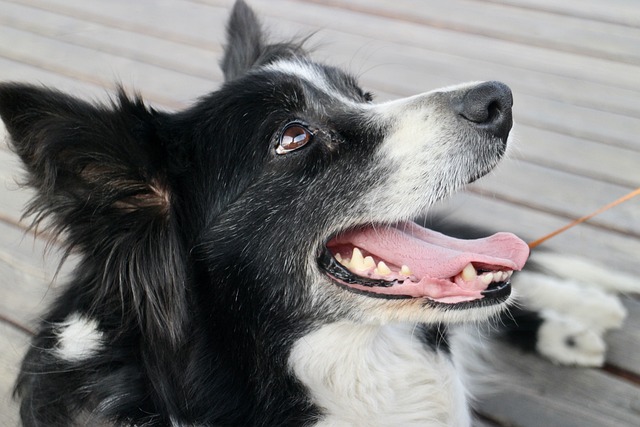 Consistency in training goes a long way. When your puppy nips during play, let out a high-pitched "ow"—this mimics how other puppies react, teaching them that rough behavior stops the fun. Immediately redirect their attention to a chew toy. Reward good behavior generously: a treat, a belly rub, or excited praise when they sit instead of jumping, or stay calm when the doorbell rings. Dogs thrive on clear boundaries, so everyone in the household should follow the same rules. No roughhousing that encourages nipping, no letting them jump on some people but not others. This clarity helps them feel secure, which cuts down on defensive behavior.
Consistency in training goes a long way. When your puppy nips during play, let out a high-pitched "ow"—this mimics how other puppies react, teaching them that rough behavior stops the fun. Immediately redirect their attention to a chew toy. Reward good behavior generously: a treat, a belly rub, or excited praise when they sit instead of jumping, or stay calm when the doorbell rings. Dogs thrive on clear boundaries, so everyone in the household should follow the same rules. No roughhousing that encourages nipping, no letting them jump on some people but not others. This clarity helps them feel secure, which cuts down on defensive behavior.
Exercise and mental stimulation are just as important. A bored puppy with pent-up energy is far more likely to act out. Daily walks, interactive toys, and short training sessions (5-10 minutes at a time) burn off steam and keep their minds busy. Tired puppies are happy puppies—and happy puppies are less likely to snap. Also, remember that some areas have specific rules about leashing and public access, so keeping your puppy well-exercised on a proper lead not only helps with behavior but keeps you both in line with local expectations.
Finally, know when to ask for help. If aggression escalates—like repeated biting that breaks skin, or growling over food or toys—reach out to a certified trainer who uses positive reinforcement methods. These professionals can tailor strategies to your puppy’s personality and help you navigate tricky situations. With patience, most puppies outgrow aggressive tendencies, especially when they feel safe, understood, and well-taught. After all, a little guidance today builds a lifetime of trust and calm.

It can be a scary and confusing situation when your beloved dog bites you. Many new dog - owners in the US and other Western countries may encounter this problem.
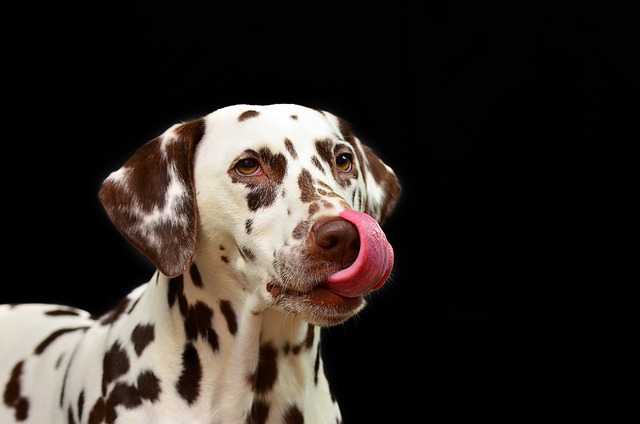
If you’ve ever felt your puppy’s sharp teeth nip your hand during play, or watched your rescue dog snap at a stranger reaching to pet them, you know the urgency of teaching bite inhibition.
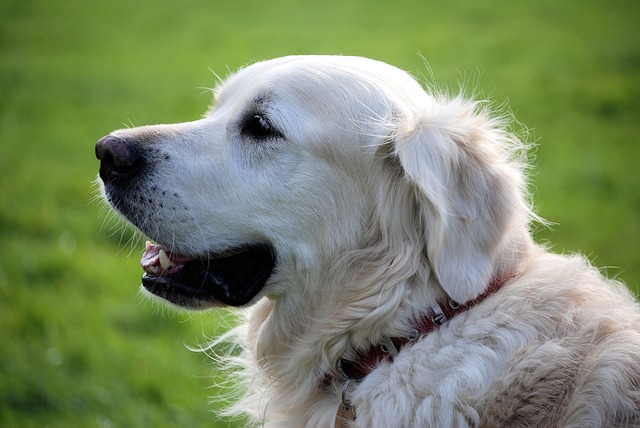
Dogs bark at other dogs for all sorts of reasons—excitement, fear, even just to say “hello.” But when it turns into nonstop yapping during walks or at the park, it can feel overwhelming. The first step is figuring out why your pup is doing it.
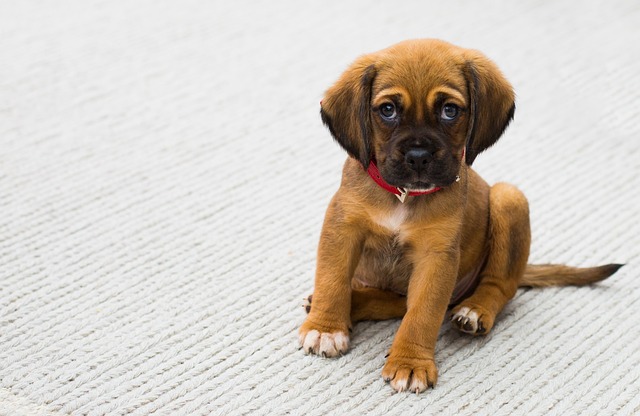
Puppies explore the world with their mouths—it's totally normal,but those tiny teeth can hurt,and letting it become a habit isn't good for anyone.The key is to start gently guiding them from day one,before nipping turns into something more serious.
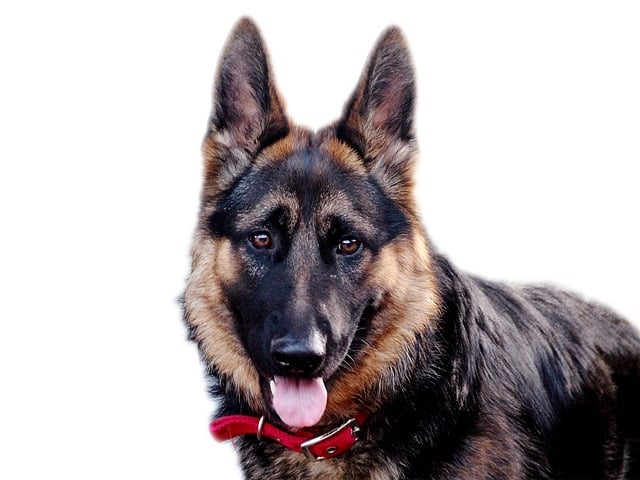
Dogs are social creatures, and leaving them alone can feel tough for both of you—especially if crates aren’t your thing. The good news is that with patience and small steps, most pups can learn to relax when you’re out.
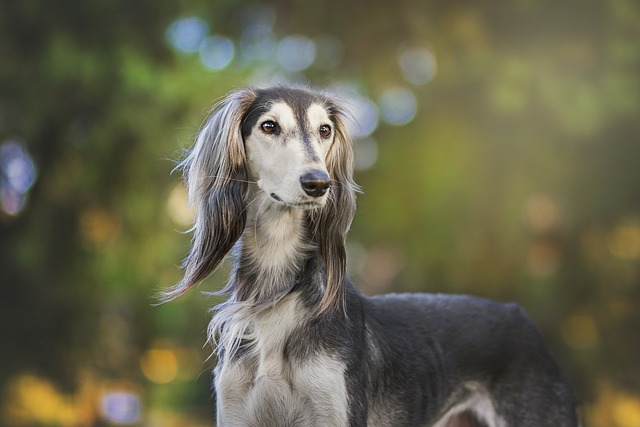
Watching your dog back away from the car, tail tucked and ears flattened, can feel frustrating—especially when you need to get to the vet or head out for a trip.